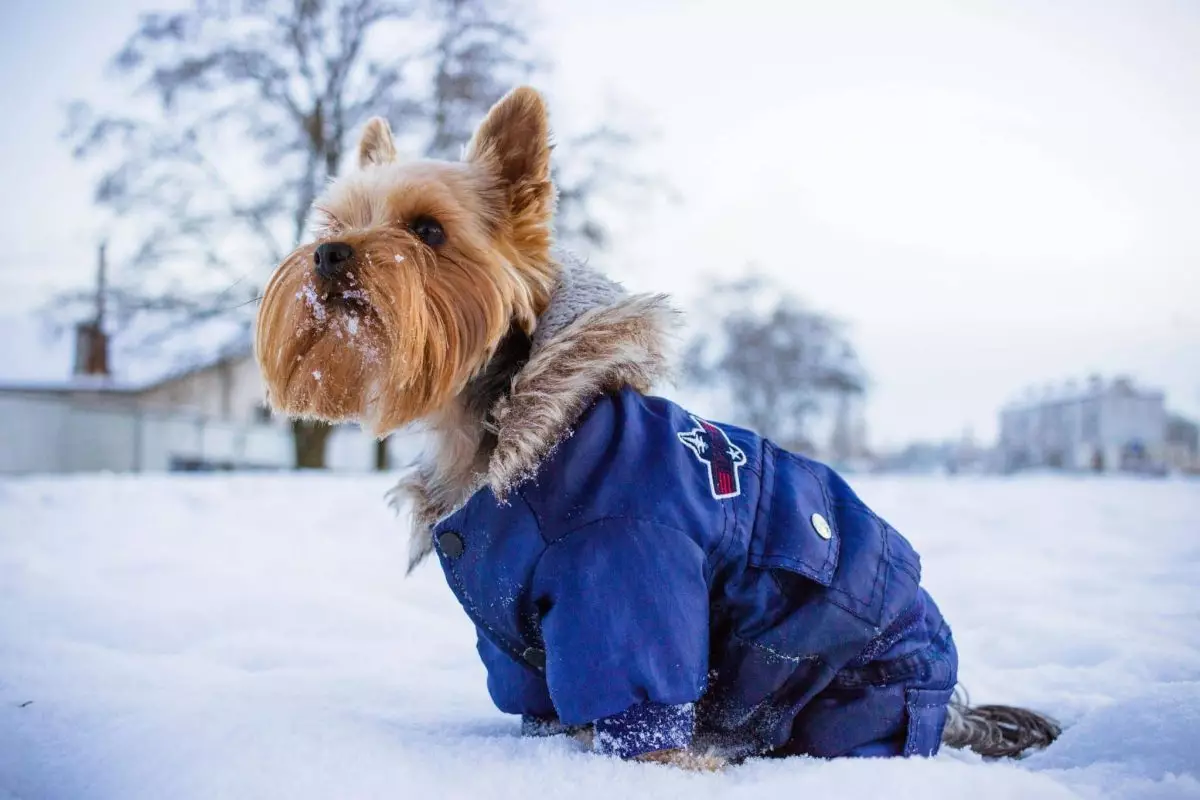As the cold winter months approach, pet owners face the challenge of ensuring their beloved dogs remain warm, safe, and healthy. Just as humans bundle up against the biting cold, our furry companions also require special attention to their well-being during this season. Factors such as breed, age, and individual health can influence how well dogs cope with low temperatures. Hence, understanding their needs and taking preventive measures can make a significant difference in their comfort and overall health throughout the winter.
Different dog breeds vary widely in their cold tolerance due to factors such as size, coat type, and body fat. While some breeds, like Huskies and Malamutes, thrive in colder climates, other breeds with shorter coats or less body fat, such as Chihuahuas and Dachshunds, may struggle in frigid temperatures. Puppies and senior dogs are particularly vulnerable, and their discomfort can escalate quickly if not monitored closely. So, as the first frost arrives, it’s vital for dog owners to familiarize themselves with the signs of distress in their pets and adopt strategies to mitigate the effects of the cold.
One of the most effective ways to keep your dog comfortable during the winter is through the use of protective clothing. Investing in a quality dog jacket can provide crucial insulation against the cold. Look for jackets that are not only insulated but also water-resistant to shield against rain or snow. A well-fitted coat will cover essential areas like the back and chest without restricting your dog’s movement. This added layer is especially important for those brisk walks in icy weather or for dogs that enjoy outdoor sports.
Moreover, layering is not just for humans. If your dog is particularly cold-sensitive, consider layering with a thermal undercoat for additional warmth. Just like human fashion, dog apparel has evolved to offer both style and function, making winter walks a pleasant experience for both the owner and their four-legged friend.
When temperatures drop, it’s just as crucial to provide your dog with a warm and inviting indoor space. Selecting a cozy bed made from thick, insulating materials can help retain warmth, especially on cold floors. Including blankets or a heated pad can enhance comfort and provide your dog with a snug retreat from the chilly air.
Furthermore, if your dog’s bed is elevated, it can become particularly cool during winter nights. A simple solution is to place a thicker blanket or an insulating mat underneath the bed to help maintain warmth. Establishing a designated warm spot can assist your dog in feeling secure and comfortable, encouraging better rest and recovery during the cold months.
While exercise remains important during winter, it’s essential to adjust the amount and type of outdoor activity according to the weather conditions. Short but frequent walks are preferable to prolonged exposure to the cold. Dogs that revel in the snow might enjoy playing outside, but owners should be cognizant of their dog’s cues, ensuring they are not overdoing it. A dog’s excitement may mask their discomfort until it’s too late, so regular checks during outdoor exercises can prevent potential hypothermia or frostbite.
For dogs that thrive on playtime in the snow, consider setting time limits for outings rather than subjecting them to prolonged exposure. Bring toys that endure the cold weather, and establish routine breaks indoors where they can warm up frequently.
Winter elements can be harsh on your dog’s paws and skin. The combination of snow, ice, and de-icing products like salt can lead to irritation, cracking, or dryness. Dog booties offer a fantastic method to safeguard their feet, especially while walking on icy or salted sidewalks. They can prevent injuries and keep paws dry, which is crucial for winter outings. Additionally, for those dogs that shy away from booties, using paw balms can create a protective barrier against harsh elements.
Moreover, winter air tends to drain moisture, causing your dog’s skin to suffer. Regular moisturizing with dog-safe creams can combat dryness. Be cautious and avoid using human products, as many contain ingredients that may harm dogs. Parental attention to their paw pads can prevent cracked skin and painful injuries, fostering comfort throughout winter.
As it may not be as evident during winter, hydration remains equally vital as during summer months. The colder and drier air can lead to dehydration, which impacts your dog’s energy and overall well-being. It’s crucial to ensure that fresh water is available at all times. And if your dog spends time outside, consider using heated water bowls to prevent freezing.
When it comes to diet, winter often brings changes to a pet’s lifestyle. With reduced activity levels common, monitoring food intake and overall weight is crucial. Consulting with a vet about potential dietary adjustments can contribute to maintaining a healthy weight while providing adequate nutrition.
While winter poses challenges for our furry friends, it can also bring a season of fun and adventure with just a bit of foresight and preparation. By diligently addressing your dog’s comfort, hydration, and exercise needs, you can ensure a season filled with joy rather than discomfort. Whether your dog is thriving in colder temperatures or shivering in the chill, each step taken now will lead to happier, healthier winter days for both of you. So bundle up, enjoy those frosty walks, and let the winter adventures begin!


Leave a Reply